The transformative power of music in enriching lives and overall wellbeing cannot be denied. Unfortunately, music and other art forms had taken a back seat in our highly competitive education system for the past few decades. However, with the advent of new platforms, there is a renewed interest in different genres of music.
The Sound Space is an organization that is slowly but steadily taking music to underprivileged children around Mumbai and creating a lasting impact on their lives. It has been instrumental in bridging gaps, empowering individuals, and fostering positive change within diverse communities. They have recently launched the Choir Program with BookASmile that helps students take up music as an extra-curricular activity in schools.
In this interview with TheCSRUniverse, Co-founders Kamakshi Khurana and Vishala Khurana discuss their multifaceted approach that combines music education, mentorship, and community engagement.
Scroll down to read the full interview:
Q. While the choir program is commendable, how does The Sound Space identify and address the diverse needs and interests of young people within the communities it serves? Are there plans to expand beyond this specific program and offer other artistic or educational initiatives?
A. Over the past 10 years, we've been deeply engaged with these communities. Our teachers frequently emerge from these communities, undergo training, and acquire essential skills. This approach enables us to bridge the gap and accurately discern their needs. We invest significant time in building relationships with our students, a crucial aspect of our classes and our overarching objectives. Additionally, we're constantly seeking opportunities to expand and innovate, aspiring to create larger and more enriching experiences for our students.
Q. How does the organisation define and measure the long-term impact of its initiatives on individuals and communities? Does it go beyond immediate program participation data to assess sustained improvements in well-being or opportunities created?
A. Our engagement with these communities spans a considerable duration, allowing us to gather valuable feedback data. This feedback, coupled with firsthand observations, provides insights into the enduring impact of our initiatives on individuals and communities. For instance, the fact that two of our former students now serve as teachers exemplifies the tangible, lasting effects of our efforts. We prioritize both statistical data and anecdotal evidence, recognizing that they collectively inform our understanding of the impact on our students. Moreover, our sustained involvement with the same children over numerous years enables us to cultivate deeper and more meaningful transformations in their lives.
Q. Beyond partnering with BookASmile, how does the establishment collaborate with other organizations and stakeholders, including government entities, to advocate for systemic change and address root causes of disadvantage faced by underprivileged youth?
A. In addition to our collaboration with Book A Smile, we engage with a diverse array of individuals and corporations who share our commitment to societal betterment. While music serves as our primary medium, we're open to collaborating with anyone aligned with our objectives, regardless of their field or background.
Q. How does The Sound Space ensure the long-term sustainability of its initiatives? Does it invest in building the capacity of local individuals or institutions to continue the work and empower communities beyond the initial project cycle?
A. Yes, definitely! One of our proudest achievements is seeing our students transition into the role of teachers. This succession model embodies our commitment to fostering continuity and spreading the joy of music nationwide.
Q. In a rapidly changing world, how does the organization stay informed about best practices, emerging technologies, and evolving needs within the communities it serves? How does it adapt its work to remain impactful and relevant in the long term?
A. Our dynamic team is our greatest asset, constantly inspiring each other to stay abreast of current trends and innovations. As a collective of young individuals, we prioritize adaptability and evolution, ensuring our continued relevance and effectiveness.
Q. How does the establishment ensure its initiatives are inclusive and accessible to individuals from diverse backgrounds and abilities? Does it address potential barriers to participation, such as accessibility limitations or cultural considerations?
A. We think our Bus project exemplifies inclusivity, bringing our initiatives directly to the people. We sing songs in various languages. Our teachers speak the language of the students, something which is particularly important when it comes to slightly more remote places. At the moment we are based out of Bombay and have found out that our teachers are able to wonderfully connect with students from various background.
Q. How does the foundation utilize data to inform its approach and decision-making? Does it leverage data to identify gaps in community needs, track progress towards goals, and continuously refine its programming?
A. Our primary data is feedback. We evolve and keep changing and adapting constantly in order to ensure we are on the right track.
Q. How does The Sound Space solicit and incorporate feedback from beneficiaries, volunteers, and other stakeholders? Does it have established mechanisms for ongoing evaluation and improvement of its work?
A. Yes, we have monthly reflection where we talk to our teachers and communicate with the students. We talk to people around who have helped us financially. We have a monthly evaluation where we sit down and check what has worked through the weeks, what needs improvement and how can we improve ourselves.
Q. How does the establishment ensure transparency and accountability with regards to its funding and resource allocation? Does it communicate its financial practices to donors and the public in a clear and accessible manner?
A. There is complete transparency, our documents are very well flexed out. Our donors have full visibility into our operations and accounts. I think transparency is paramount in order to avoid any sort of confusions.
Q. Does The Sound Space share its learnings, best practices, and resources with other organizations working in similar fields to promote knowledge sharing and collaborative problem-solving?
A. Yes, of course. Collaboration and putting like minds together is the only way, we believe, to progress and enable the sharing of this beautiful space and the beauty of music.




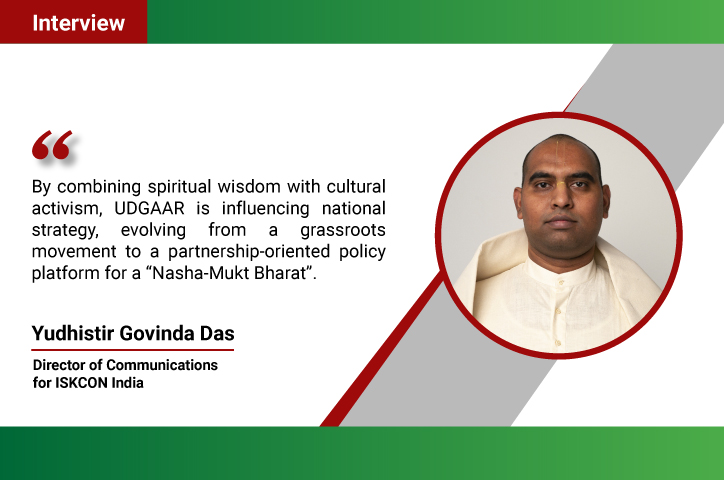

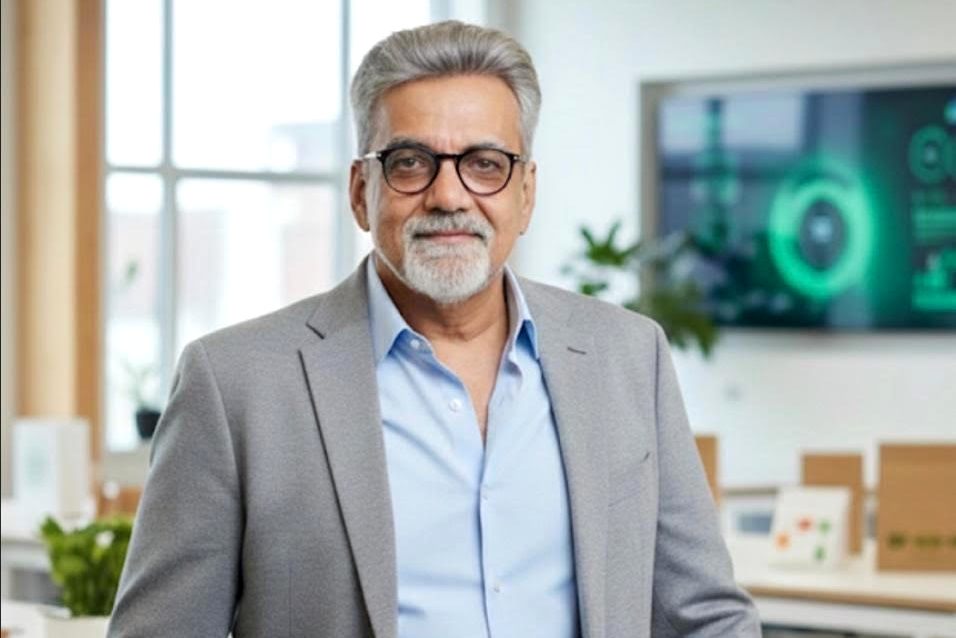

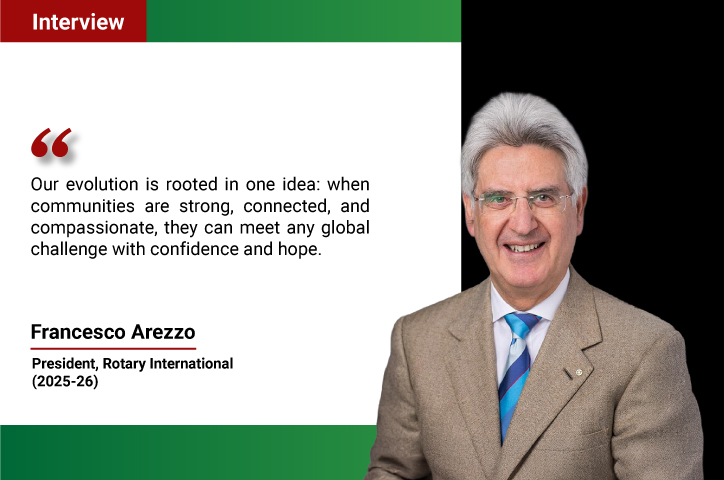
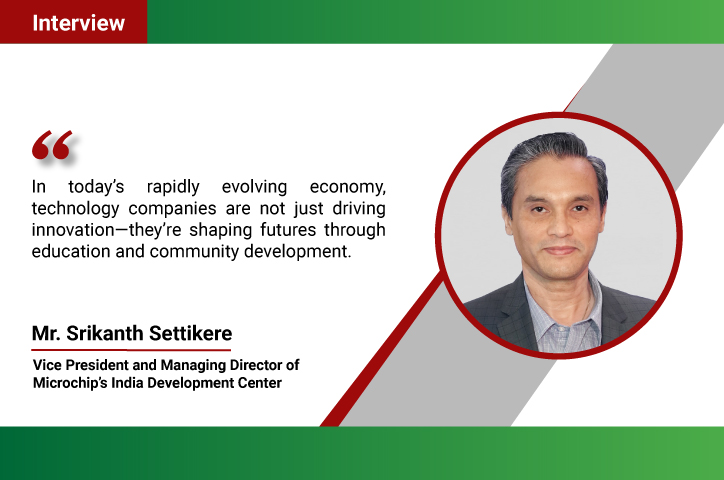
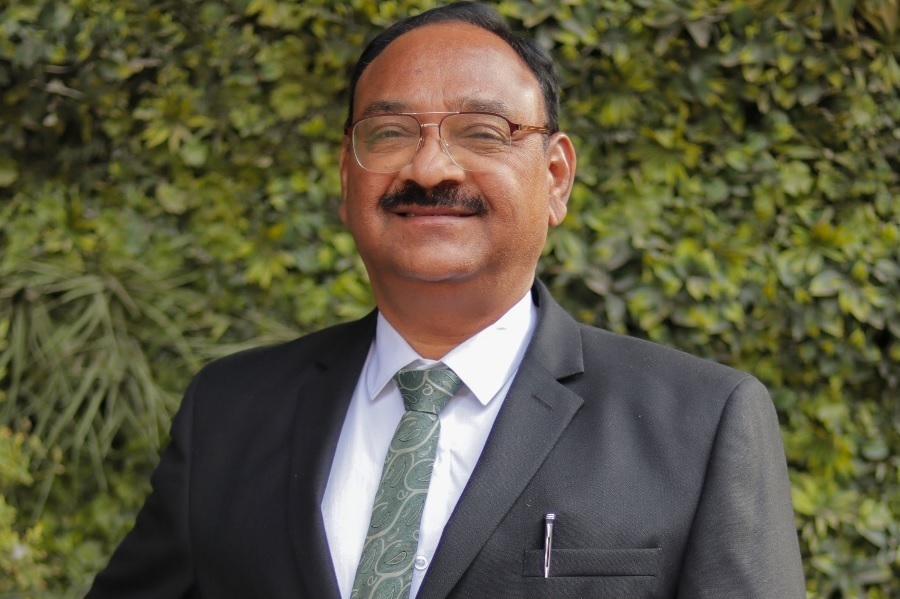
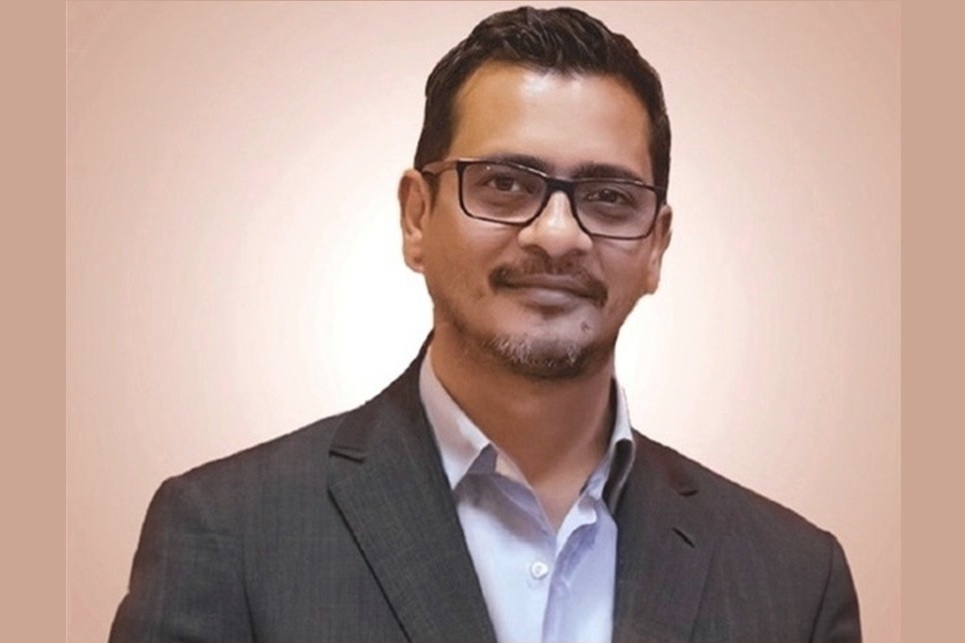


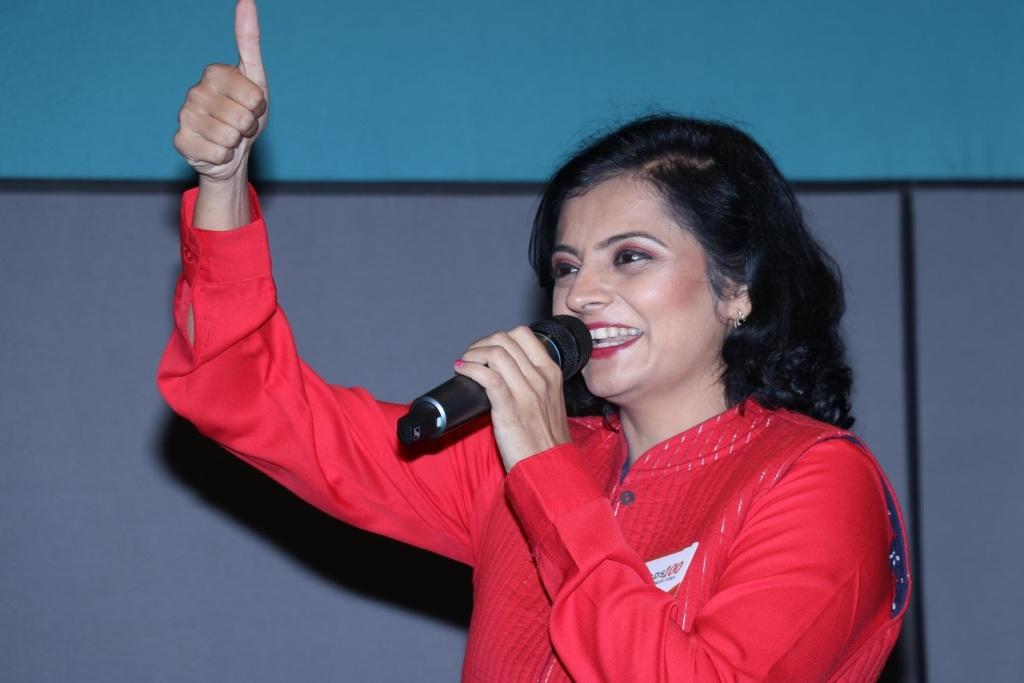
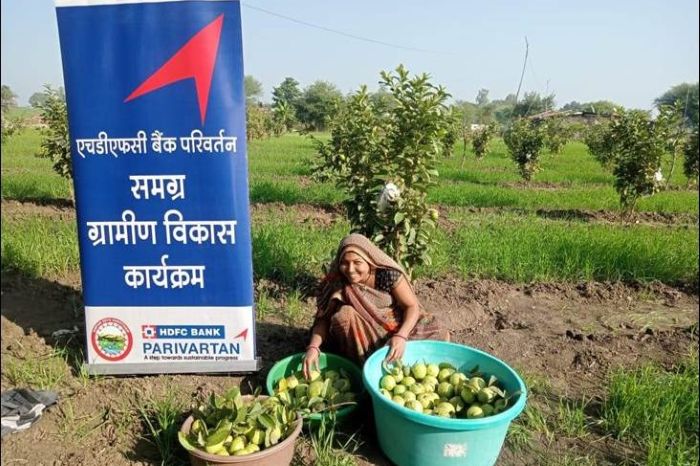
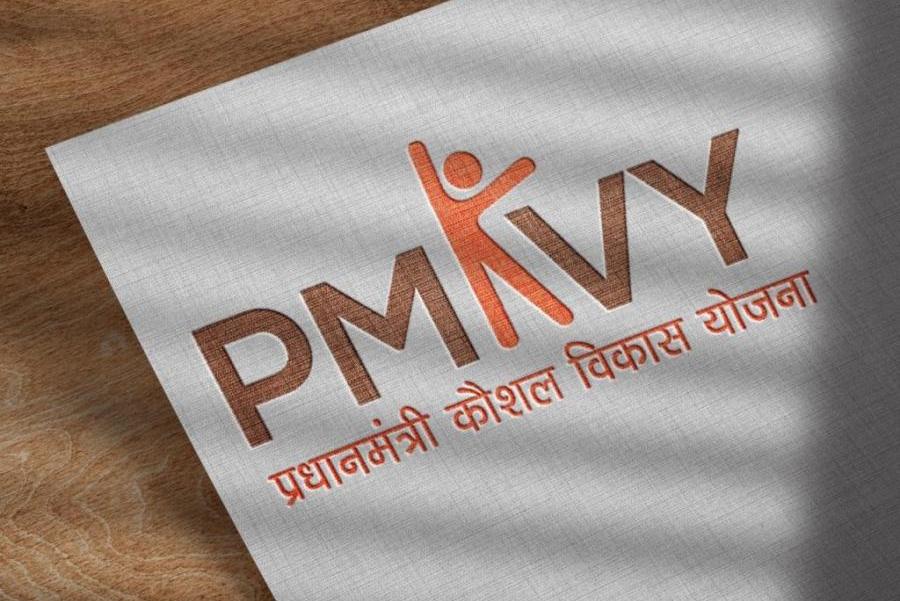

.jpg)




